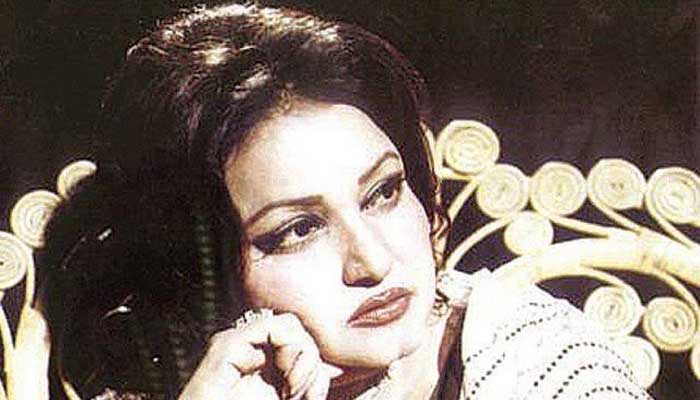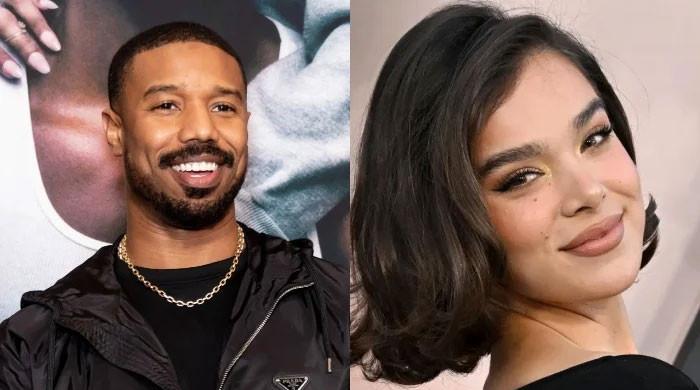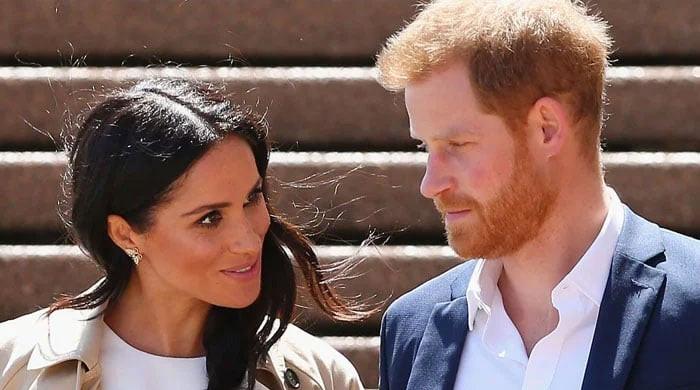The story behind Noor Jahan’s classic 'Chandni raatein'
'Chandni raatein' was composed by Feroze Nizami while its lyrics were penned by Mushir Kazmi
December 10, 2019

"Sab jag soye hum jagein,
taaron se karain batain,
ho,
Chandni raatein, chandni raatein”
Rendered by the inimitable Begum Noor Jahan, for the 1952 production Dupatta, the song, “Chandni raatein” was composed by Feroze Nizami, while its lyrics were penned by Mushir Kazmi.
“Chandni raatein” is arguably the most iconic song in the history of Pakistan’s film industry. It is loved for its sentimentality and its narration of lost love. Few, however, know that the making of the melody was just as enchanting as the melody itself.
Back in the day, Lahore was beaming with artistic activities. In fact, Pakistan’s film industry was based out of Lahore, and more specifically the area around the intersection, Laxmi Chowk, which was dubbed as the Hollywood district in the yesteryears.
Laxmi Chowk is a magical place; its aura enigmatic. It was in this very locality that the entertainment life of pre-partition Lahore was deeply grouted. In those days, film stars would hitch a horse-drawn carriage, embellished with seasonal flowers, foot bells and lamps to reach their production sets near the famed chowk.
Close to the intersection was, Hotel King Circle, the most sought after haunt for celebrities. While next to it were over a dozen historic cinemas such as Ratan, Odeon, Gulistan, Metropole, Nishat, Mehfil and Mubarik, to name a few. Also, offices of all major film distributors and production houses dotted the area.
Even today, as one stands near the Laxmi chowk, the spirit of the times gone by can still be felt. The air is still drenched in history and culture that speaks of its fallen splendor.
Ali Sibtain Fazli, son of Sibtain Fazli, who directed Dupatta, once told me that Kazmi was hired as the lyricist for the film by his father. The elder Fazli was a man of letters and had a keen sense for the finer things, which is why meeting his literary demands was an uphill task. No matter what Kazmi wrote for the in-production film, it would be binned by Fazli.
However, one evening, sitting in his office, at the majestic Dyal Singh mansion, Fazli gave the lyricist an ultimatum. If he did not come up with a suitable song by the next day, Kazmi would have to pack up his bags. Dejected, the songwriter grabbed a pen and paper and headed to Laxmi chowk.
On reaching the chowk, he went up to the roof of a production house to lay down on a charpoy. Staring at the vastness of the night sky above him, he silently cursed his luck. It was a beautiful night, with brightly lit stars and a full moon. This further incensed Kazmi. He was unable to enjoy the spectacle of the night, due to the stress of work weighing down on him. Around him the rest of the city slept, peacefully. And there, at that moment, the words were born: “sab jag soye hum jaagein, taaron se karein baatein, chandni raatein.”
The rest, as they say, is history.
Dupatta was released in 1952 and became a blockbuster. The movie was such a phenomenal hit, that the October issue of India’s Filmfare magazine warned its own industry that with films like Dupatta, Indian filmmakers will have to seriously up their game.
An artist is a sensitive soul. He/she takes inspiration from his/her surroundings. I believe that the magic of the Laxmi chowk was such that is enamored Kazmi to write an iconic tune. Unfortunately, today the chowk is a concrete jungle and in ruins. One wonders that had Kazmi been tasked to ink a new tune, at the Laxmi chowk of today, would it have been just as magical?
Shah is a historian and a member of the Fakir family based in Lahore.











